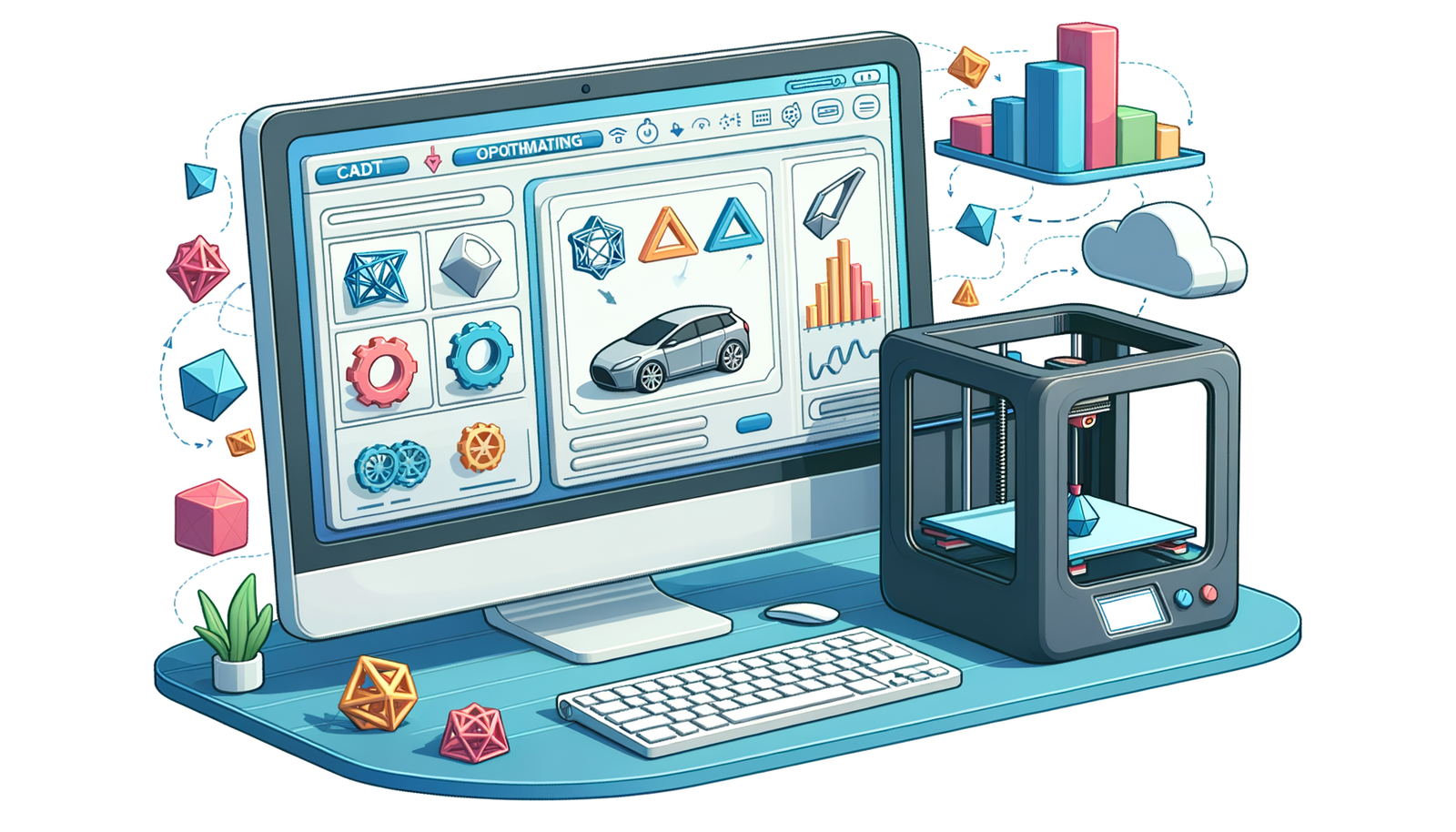Your Cart is Empty
Customer Testimonials
-
"Great customer service. The folks at Novedge were super helpful in navigating a somewhat complicated order including software upgrades and serial numbers in various stages of inactivity. They were friendly and helpful throughout the process.."
Ruben Ruckmark
"Quick & very helpful. We have been using Novedge for years and are very happy with their quick service when we need to make a purchase and excellent support resolving any issues."
Will Woodson
"Scott is the best. He reminds me about subscriptions dates, guides me in the correct direction for updates. He always responds promptly to me. He is literally the reason I continue to work with Novedge and will do so in the future."
Edward Mchugh
"Calvin Lok is “the man”. After my purchase of Sketchup 2021, he called me and provided step-by-step instructions to ease me through difficulties I was having with the setup of my new software."
Mike Borzage
Creating Photo-Realistic Visuals: A Comprehensive Guide to Using Maxwell Render from Rhino
October 25, 2023 2 min read

Creating Photo-Realistic Visuals: A Comprehensive Guide to Using Maxwell Render from Rhino

Creating photo-realistic visuals is an essential aspect of product design and promotion. This guide walks you through the process of creating such visuals using Maxwell Render in conjunction with Rhino, a powerful 3D modeling software available on the NOVEDGE website. We will dive into the workflow, from cleaning up and organizing CAD data to setting up your scene and rendering in Maxwell Render.
CAD Data – Clean Up and Export
At the start of a project, you may encounter a variety of 3D files from different sources. It's crucial to clean up these components and parts, reduce their complexity, and reorganize them in the Rhino Layers Menu. This process involves checking for multiple and double surfaces, unnecessary folders, or blocks and deleting all elements you will not need in the final render.
Export via Maxwell Render Plugin to Maxwell Studio
Deciding on the best settings for the NURBS meshing parameters is crucial for ensuring that your surfaces translate well to Maxwell Studio. Experiment with different Polygon Mesh Options on a single part of your model that features a lot of surface fillets and directional surface changes. The aim is to define meshing settings that create smoother corner rounding.
Scene Setup in Maxwell Studio
After determining the ideal mesh export settings, you can set up your scene in Maxwell Studio by importing your model. Next, create your materials. Many of them will be based on default materials that Maxwell Studio provides, or you can make them from scratch.
Setting up your cameras is also essential. It is a good practice to name your cameras in a way that correlates to the emitter group name. This arrangement helps you turn the emitter group on or off, depending on the chosen camera and vice versa.
Rendering in Maxwell Render
Once you have arranged all your cameras, lights, and materials, perform a small test render with the Multilight setting set to Intensity. This step will help you adjust your emitter values. The goal is to get all the lighting/reflections set up in Maxwell Studio so that you have minimal post-production work in Photoshop.
Following this process, you should be able to create high-quality, photo-realistic renders using Maxwell Render from Rhino. Below are some final results of this workflow. Photoshop was used only for color corrections and sharpening.
Creating photo-realistic visuals requires a combination of the right software, correct settings, and a detailed understanding of the workflow. The Rhino and Maxwell Render combination, available on the NOVEDGE website, provides a powerful toolset for achieving high-quality results.
For more information about the newest and most advanced design software technology, including Rhino and Maxwell Render, contact our sales team at NOVEDGE.
Remember, to create realistic visuals, you will need additional software that is compatible with Rhino, like xNURBS, Asuni’s VisualARQ and Lands Design. They will help you to enhance your designs and make them look more realistic.
Also in Design News

Optimizing CAD Software for 3D Printing: Enhancing Design-to-Production Efficiency
May 08, 2025 9 min read
Read MoreSubscribe
Sign up to get the latest on sales, new releases and more …




